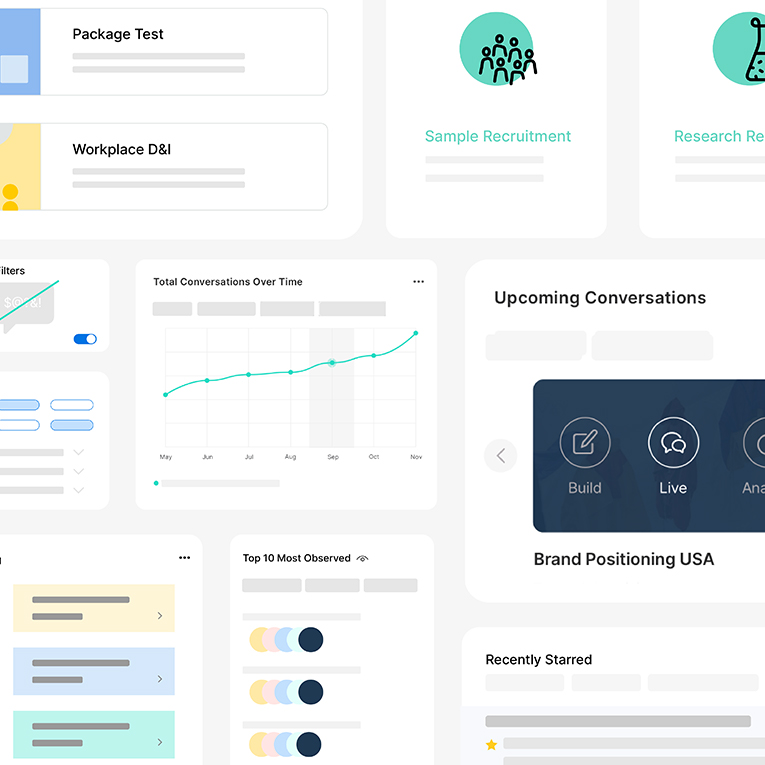.webp)
Trends
How to Calculate Your Sample Size Using a Sample Size Formula

.png)

.png)
Read More

.png)
.png)
.png)
Maria Noesi
November 25, 2021
Remesher
.webp)
Trends
How to Calculate Your Sample Size Using a Sample Size Formula

.png)

.png)
Read More

.png)
.png)
.png)
November 25, 2021
Remesher
.webp)
Trends
How to Calculate Your Sample Size Using a Sample Size Formula

.png)

.png)
Read More

.png)
.png)
.png)
November 25, 2021
Remesher
.webp)
Trends
How to Calculate Your Sample Size Using a Sample Size Formula

.png)

.png)
Read More

.png)
.png)
.png)
November 25, 2021
Remesher
.webp)
Trends
How to Calculate Your Sample Size Using a Sample Size Formula

.png)

.png)
Read More

.png)
.png)
.png)
November 25, 2021
Remesher
.webp)
Trends
How to Calculate Your Sample Size Using a Sample Size Formula

.png)

.png)
Read More

.png)
.png)
.png)
November 25, 2021
Remesher
5 Steps to Innovation Management Success
Innovation management is the process of implementing a strategy around innovation. It involves creating conditions for growth and gives businesses the power to influence their innovation outcomes.

Innovation management is the process of implementing a strategy around innovation. It involves creating conditions for growth and gives businesses the power to influence their innovation outcomes.
Most business leaders agree that innovation management is the key to winning in today’s competitive marketplace. According to Accenture, 84% of executives say their companies are highly dependent on innovation for long-term success.
But innovation doesn’t yield automatic results. Generating change that adds real value to your company requires investment. Managing these investments effectively can mean the difference between having ideas and solving problems.

5 Steps To Successful Innovation Management
Some wonder whether you can really direct innovation without jeopardizing creativity. The truth is that it depends on your management system. The strongest approaches not only monitor the innovation process - they actually create a way to facilitate it. Follow these five steps for innovation management success.

1. Get On Board With Innovation
Recognizing innovation’s value is the first step to successfully managing it. To some, it may seem to go without saying, while for others, earning buy-in can be surprisingly difficult. Whatever the case, we’ll say it again and again: innovation is the key to the future. Get on board or get left behind.
A few ways to accomplish stakeholder buy-in include:
- Identifying what motivates stakeholders
- Delivering transparency in the project timeline
- Establishing the role of stakeholders in a project
While buy-in is necessary at all levels of an organization, support from senior leadership is especially critical for success. One survey of 600 business professionals from across the globe found that leadership was the best predictor of innovation performance. That’s because senior leadership has the power to set the tone for innovation in their business. They’re the ones who can effectively encourage behaviors like thinking creatively, taking risks, and failing fast.

2. Establish An Innovation Strategy
There are many types of innovation: incremental and disruptive innovation, product, process, and business model innovation. There are also several ways to approach innovation management: you can form teams dedicated to research and development, collaborate with customers, or embrace open innovation.
With so many options, it can be easy to get lost. That’s where your innovation strategy comes in.

What is an innovation strategy?
Simply put, an innovation strategy is a series of complementary behaviors aimed at achieving an innovation goal. Integrating innovation into your strategic planning process enables you to align your innovation efforts with your business strategy and position yourself for peak performance. Companies that formally prioritize innovation are much more likely to say they use innovation tactics effectively.

How do I develop an innovation strategy?
Your innovation strategy should:
- resonate with your company’s values and visions for the future
- align with your brand’s long-term goals
- include customer feedback
If you’ve engaged in innovation activities in the past, determine what worked and didn’t work during your previous efforts. Evaluation is critical for strong innovation management - but more on that later.
Finally, ask questions to identify where you need to focus on developing the infrastructure necessary for innovation, like:
- How can your team execute on your innovation strategy?
- What kind of climate will stimulate innovation?
- How can your team take action on innovative concepts?
Asking and answering these questions will help you orient and coordinate your approach.

3. Create A Culture of Innovation
Years of prioritizing short-term goals have rendered many corporate cultures hostile to innovation. Employees have taken notice: 30% believe that while their companies have the talent for innovation, corporate culture inhibits progress. Don’t let talent go to waste. Instead, invest in creating a culture of innovation.
While innovation cultures can take many shapes and forms, they share some common beliefs.
Anyone Can Innovate
More than half of employees with ideas for innovation believe they don’t have access to the money, staff, or support needed for execution. That’s a major oversight, as many innovative solutions come from those who are thwarting competition and working with customers on a daily basis. Start creating your innovation culture by accepting that ideas don’t always have to come from the top.
Adobe’s Kickbox is a great example of an innovation program that takes this principle to heart. Kickbox is a simple, red cardboard box containing the innovation classics: Post-it sticky pads, pens, notebooks, and timers. It also contains some chocolate, a Starbucks gift card, and a $1,000 line of credit to fuel your ideas.
Any employee at Adobe can access the box by attending a two-day workshop that teaches them how to use the Kickbox tools. The program embodies Adobe’s spirit of innovation by saying that anyone with an idea and the will to explore it can be an innovator.
Failure Is Not the Enemy
Failure is inevitable. So, embrace it.
Failures can become accidental success stories. Most of the time, though, they’ll be a lesson in what to avoid in the future. Your goal as a manager should be to fail fast and adapt rapidly to efficiently pursue the right opportunities.
Collaboration Is Key
Working across departments, disciplines, and other distinctions allow ideas to come together, interact, and improve. Nielsen studied collaboration’s effect on innovation and found that larger, more diverse teams generate better concepts than smaller teams spanning fewer functional roles.
In addition to facilitating knowledge exchanges, collaboration can:
- build trust among employees
- increase engagement
- boost productivity
Many corporate teams still struggle to collaborate. Common barriers include the greater risk for conflict and existing bureaucracy. You may not be ready to accept the risk or ditch your hierarchy. If that’s the case, take a step back and reevaluate your strategy.
Innovation Takes Time
It can be difficult to dedicate time to innovation alongside activities that yield short-term results. Innovation is an investment with tremendous potential to drive growth; but, returns are long-term and difficult to predict.
Take, for example, 3M’s 15% program. Introduced in 1948, it allows employees to spend 15% of their time (about six hours a week) on independent projects. Some of 3M’s most successful products, like clear bandages and Post-it notes, have origins in the 15% program.

4. Walk The Talk
At this point, you have a clear strategy and the necessary infrastructure to implement it. You’ve set yourself up for success, so executing should be easy. And yet, many companies struggle to convert their ideas into realities. One recent survey found that 67% of organizations fail to carry out their strategies.
Lack of transparency, coordination and accountability are some of the top reasons why companies fail to execute. Take measures to address these missteps by communicating clearly and helping all levels of your organization to understand your strategy. Strategies worth exploring include:
- opening communication lines between employees and leadership
- using technology to track innovation activities
- recognizing employees for strong performance

5. Evaluate
The fifth and final step for success in innovation management is to effectively evaluate your innovation efforts. Measuring the efficacy of your strategy helps you to track your progress and pivot if things aren’t going in the right direction.
While there are many different metrics available to measure innovation, most fall into one of two categories: input and output metrics.
Input metrics measure what goes into your innovation process, and help you assess whether you’re focusing on the right innovation activities. Some examples of input metrics include:
- number of new ideas
- number of innovation projects
- innovation spend as a percentage of sales
- employee engagement with innovation activities
Output metrics measure whether your innovation activities achieve the desired impact by looking at the return on your innovation investment. They might include:
- number of ideas launched
- time from ideation to revenue
- financial return on innovation spending
- number of new customers
Developing key performance indicators (KPIs) that measure a balance of innovation inputs and outputs is essential for a holistic evaluation process.

Summing Up Innovation Management
Innovation management is more than just planning new products or services and measuring their success. It’s about imagining the future of your business or industry and mobilizing your talent to pursue those futures.
Now that you have a roadmap for innovation management success, you can zero in on managing the life cycle of your products. Check out our article on winning product life cycle extension strategies.
Stay up-to date.
Stay ahead of the curve. Get it all. Or get what suits you. Our 101 material is great if you’re used to working with an agency. Are you a seasoned pro? Sign up to receive just our advanced materials.






